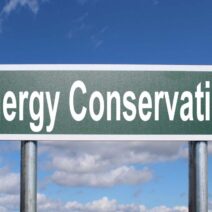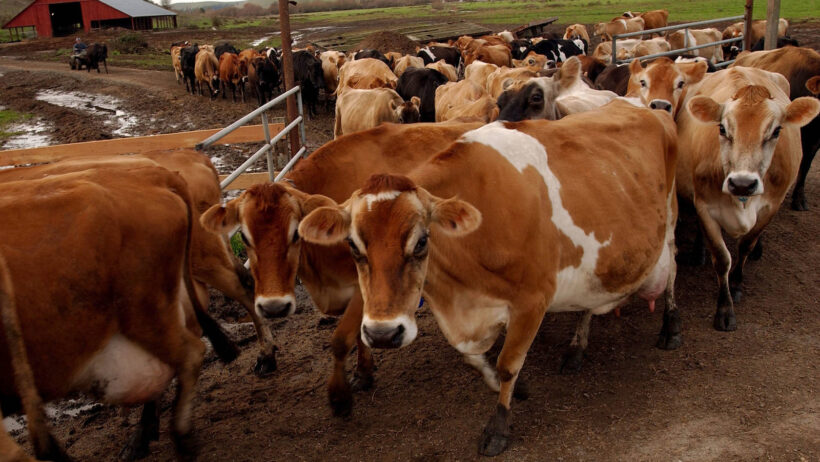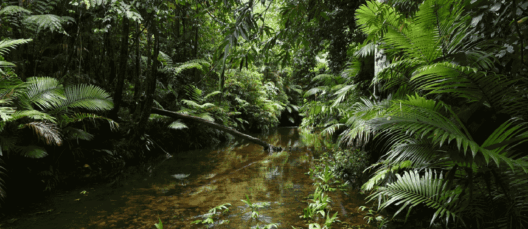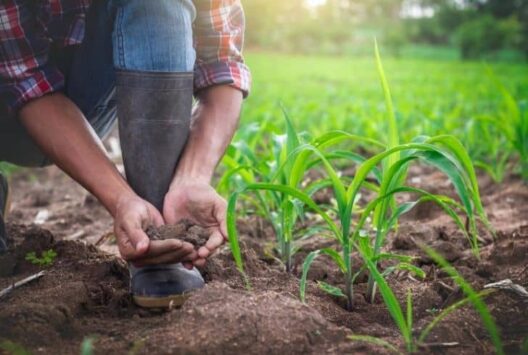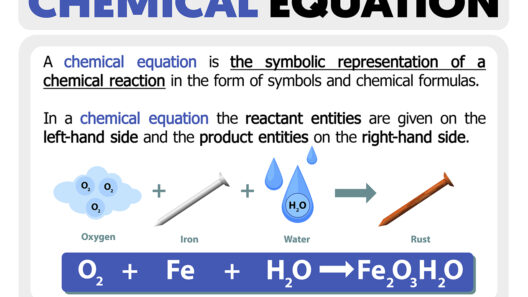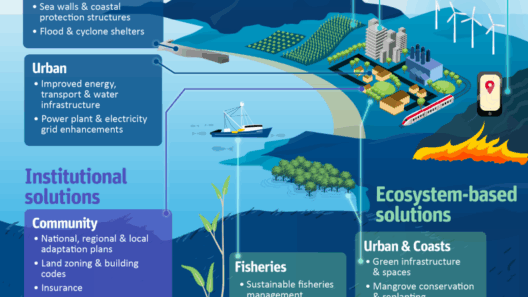The increasing popularity of plant-based diets has prompted a critical examination of the environmental impacts associated with red meat and dairy consumption. This scrutiny is not merely a fad; it reflects an urgent need to address the escalating crisis of climate change, which is exacerbated by livestock production. The interplay between dietary choices and environmental sustainability is paramount, as we probe deeper into the ramifications of our carnivorous and dairy-laden habits.
To comprehend the scale of the issue, one must first acknowledge the staggering statistics associated with red meat and dairy farming. Livestock agriculture produces approximately 14.5% of global greenhouse gas emissions. This encompasses not only carbon dioxide but also methane and nitrous oxide, two potent greenhouse gases with a significant warming potential. Methane, for instance, is emitted during digestion through enteric fermentation—a natural process in ruminants that results in significant emissions. That figure alone reflects a critical aspect of the climate conundrum: the more beef and dairy we consume, the greater the climate impacts we collectively face.
Beyond greenhouse gas emissions, the environmental degradation fostered by livestock farming extends to land use, water consumption, and biodiversity loss. The expansion of grazing land and feed crop production has resulted in extensive deforestation, particularly in biodiverse regions like the Amazon rainforest, where vast swathes are cleared to accommodate cattle ranching. This activity not only diminishes carbon storage capabilities of forests but also threatens countless species that rely on these ecosystems. The loss of habitat translates into a cascade effect, leading to reduced biodiversity, which is essential for ecosystem resilience and health.
Water use in livestock production is staggering. It takes approximately 1,800 gallons of water to produce just one pound of beef. This figure includes direct water consumption by animals, as well as water used for feed crops and processing. In areas where water scarcity is emerging as a pressing global concern, the inefficiency of meat production in water utilization raises serious questions about sustainability. Contrarily, plant-based foods require significantly less water—a compelling consideration amid intensifying drought scenarios worldwide.
Moreover, the effects of red meat and dairy production extend to soil health. Intensive livestock farming contributes to soil degradation, resulting in erosion, nutrient depletion, and an overreliance on chemical fertilizers. These fertilizers can leach into waterways, causing eutrophication, which leads to algal blooms and dead zones in aquatic ecosystems. The intricate balance of soil health is pivotal not just for agricultural sustainability but also for combating atmospheric carbon levels, reinforcing the interconnectedness of our food systems and environmental health.
The fascination with red meat and dairy is often rooted in cultural traditions and social practices. These foods are often heralded as culinary staples, celebrated for their taste and perceived nutritional value. Yet, the more profound motivations driving their consumption are multifold, intertwining with identity, heritage, and convenience. However, these attachments pose a challenge; as individuals, communities, and governments contemplate the future of dietary patterns, there is a growing need to engage in uncomfortable conversations about the moral imperatives to reduce meat and dairy consumption for the greater good.
Public discourse around dietary patterns has historically been framed through a lens of personal choice, often neglecting the collective impact of those choices. The ethical considerations regarding animal welfare also come to the forefront. The conditions under which livestock are raised can be disheartening, revealing a paradox: the pursuit of quality protein is often at odds with ethical treatment of animals. As consumers become more informed, there is a transformative opportunity to shift paradigms—encouraging a transition from meat-heavy diets to plant-forward approaches.
Transitioning toward reduced consumption of red meat and dairy need not be a drastic overhaul of one’s lifestyle. A gradual shift, such as adopting “Meatless Mondays” or exploring a flexitarian diet, can make a significant difference. Education plays a critical role in this transition. Awareness campaigns that inform consumers about the environmental implications of their food choices can incite meaningful shifts in behavior. Promoting plant-based alternatives offers a practical solution, showcasing the diverse and delicious options available today that cater to both health and environmental considerations.
Governments and organizations are increasingly recognizing the importance of reforming dietary guidelines to reflect climate realities. Some countries have begun to advocate for reduced meat consumption as part of their public health policies, emphasizing the dual benefits of improved personal health and reduced environmental impact. These changes are vital, as policy can serve as a backbone to societal transformation, facilitating a shift in both individual habits and cultural norms regarding food consumption.
The effects of climate change present a formidable challenge, and while the discussion around red meat and dairy is just one facet, it encapsulates broader themes of sustainability, ethics, and community resilience. By embracing a holistic view of food production and consumption, we can foster an environment that values health—both human and planetary. From fostering sustainable agricultural practices to encouraging the embrace of plant-based diets, every step counts in mitigating climate change.
In conclusion, addressing the climate cost of red meat and dairy requires an amalgamation of individual choice, cultural evolution, education, and policy reform. The fascination with meat has deep roots, but as we confront the reality of climate change, it becomes imperative to reconsider these long-standing dietary traditions. The journey towards a more sustainable future begins with informed choices and collective action, bearing in mind that our plates have profound implications for the planet. It is time to look beyond beef and dairy, exploring the possibilities of a cuisine that champions the health of our planet alongside our own well-being.

